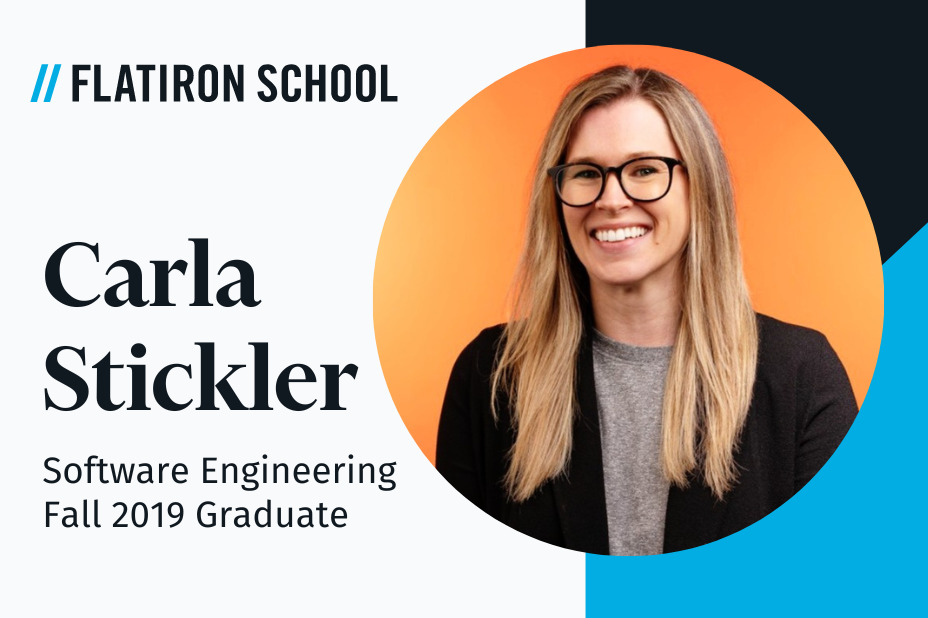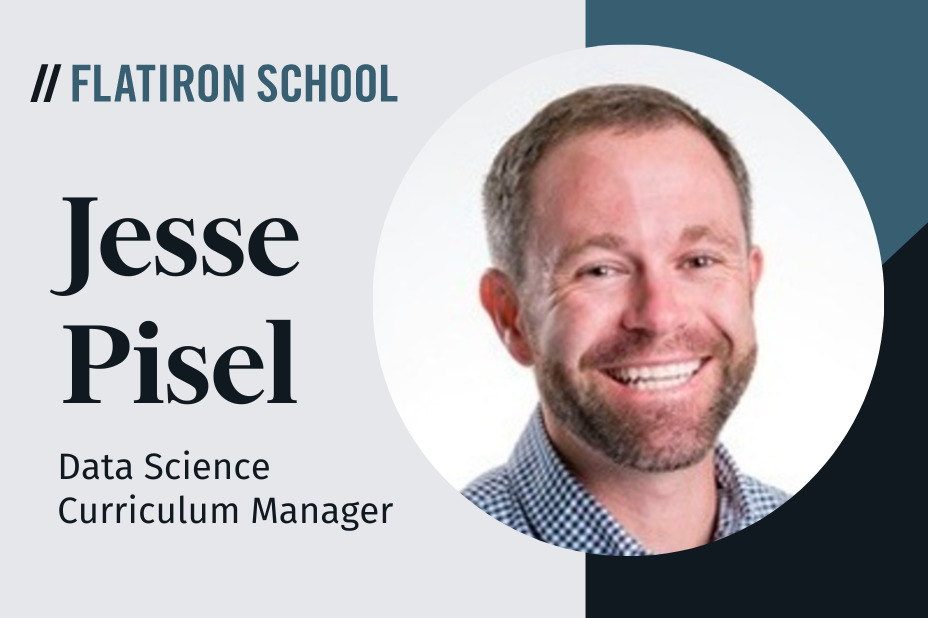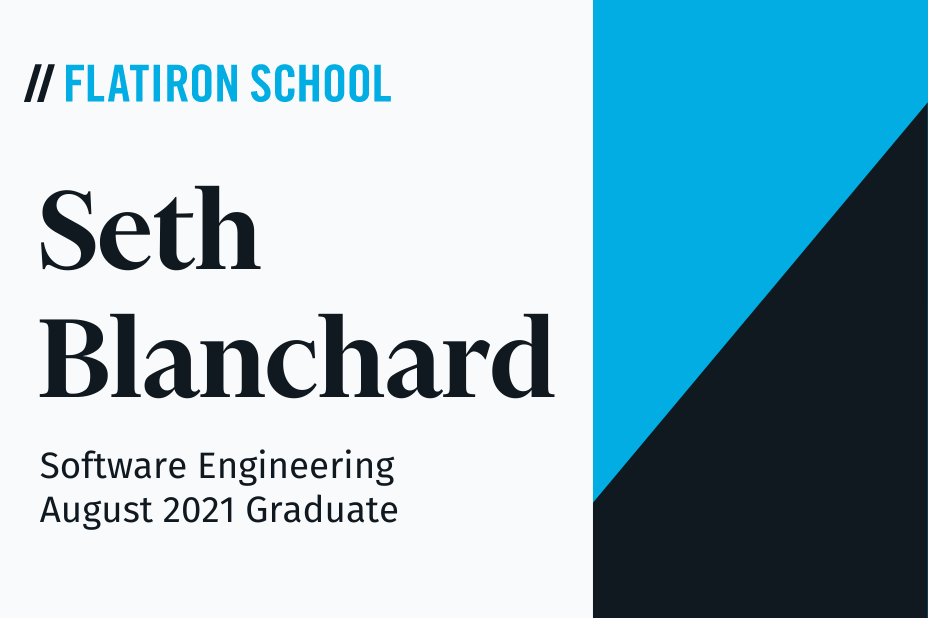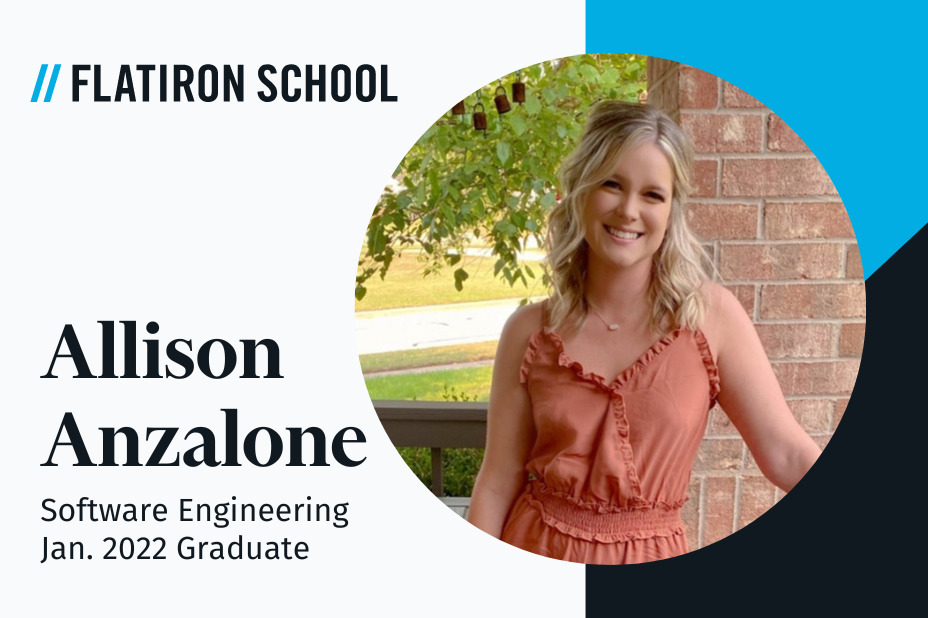This article on temporary work opportunities is part of the Coaching Collective series, featuring tips and expertise from Flatiron School Career Coaches. Every Flatiron School graduate is eligible to receive up to 180 days of 1:1 career coaching with one of our professional coaches. This series is a glimpse of the expertise you can access during career coaching at Flatiron School.
When job searching, most of us focus on obtaining a full-time role, typically defined as a 40-hour work week that frequently offers benefits like healthcare and retirement plans.
While full-time employment with benefits is ultimately what most of us strive for, other short-term and temporary opportunities can go overlooked by job seekers – whether because they’re unaware they exist or they don’t think it can enhance their long-term career opportunities.
The good news is, whether you’re just starting in your career, recently affected by downsizing, re-entering the workforce, are a career changer, or just looking for a new opportunity, temporary work can be an excellent opportunity to gain relevant experience. It can even be a stepping stone in your journey to obtain full-time employment in the future.
You’d be amazed by how many people, including graduates of Flatiron School, have turned temporary opportunities into regular, full-time employment.
What Is Temporary Work?
First, let’s talk about semantics and categories.
Work that has a defined duration, whether it’s a few weeks or even a few years, is often referred to as contract, temporary, or freelance work. The work can vary as far as the duration of the work assignment, rate of pay, how wages are paid out (W-2, 1099, etc.), hours worked, and what, if any, benefits are offered.
For this article, we’ll refer to short-term work as “temporary work” opportunities, where the work has a defined duration, set rate of pay, and doesn’t offer benefits.
Advantages Of Temporary Work
Insight Into A Company Or Industry
A temporary work opportunity lets you “test drive” the scope of work, or portions of the work, for a given job. It also gives you a glimpse of a specific company’s culture, work environment, and related logistics.
You’ll see elements of the environment such as how team members work together and the tone set by management. You’ll also get a better feel for some logistics, such as the commute, daily schedules, and any travel associated with the role.
Just as you can learn about a specific company, temporary work can also expose you to various types of industries. For example, if you’re a Cybersecurity professional who has an interest in the healthcare industry, you can focus on searching for tech-related temporary work in a healthcare setting. On the flip side, if you’re interested in a temporary opportunity that happens to be in an industry you’re not yet familiar with, you may discover new industries that pique your interest.
All of these factors are an advantage to temporary work because it gives you and the employer a chance to see if it’s a good fit for both of you.
If you ultimately decide the company or industry is not one you’d want to work for long-term, at least you found that out before diving in as a full-time, regular employee.
On the other hand, if you find you are energized by the work and the company’s mission, products, and services, then you may decide you would consider working there long-term or full-time down the road.
Gain Experience
Engaging in temporary work in your field can help you gain valuable experience and learn new skills – all of which can make you a more competitive candidate if and when you’re ready to seek full-time employment. This applies whether you have no work experience at all or have a robust work history. Temporary work can also help keep your skills up-to-date while you’re seeking more full-time employment.
Fill Employment Gaps
You can add temporary work experience to your resume and LinkedIn profile, which can help fill any resume gaps. Whether you purposely left your last position or were affected by layoffs, temporary employment can hold you over, if needed, until you’ve secured a full-time position.
Networking Opportunities
You will meet new people in a temporary job. Whether it’s co-workers, management, or clients, all of these new contacts expand your network. Even if the role doesn’t turn into a long-term or permanent role, you can still maintain the relationships going forward.
This will help build your network by increasing your valuable connections – some of whom can potentially refer you for future roles, both inside and outside the company or industry.
Flexible Schedule
While temporary work can vary as far as hours and days worked, it often allows for some flexibility.
If your temporary assignment is approximately 20-25 hours per week, you’ll have more free time in your weekly schedule to focus on other things when compared to the typical 40-hour work week.
Psychological Benefits
Working in a temporary role can have a positive impact on your overall mood and help build your confidence. If you’ve been out of work for a while and haven’t yet found your dream job, chances are your motivation and outlook may need a boost. Having a temporary role can help get you to get back on track both professionally and personally.
The work you perform can help remind you that you’re a valued contributor that has a lot to offer a company, which in turn can increase your self-confidence again, get you interacting with people, and get your momentum moving in a positive and productive direction. It can also help you financially if money is tight, which can often be the case when one is looking for a job.
Potential For Permanent Employment
Temporary work allows you to get your “foot in the door” with a particular company.
Many temporary jobs have the potential to turn into full-time or permanent roles, particularly if you show the key players that you are an effective, reliable worker who is motivated to work with the organization. The hiring managers will be more likely to consider you when an internal position opens up as they would already be familiar with your performance. You’d also have the advantage of already having worked with the company, even if in a short-term role.
Many people, including graduates of Flatiron School, have turned temporary opportunities into regular, full-time employment.
Disadvantages of Temporary Jobs
On the other side of the spectrum, some may see a few of the above advantages as disadvantages.
For example, the rate of pay for temporary employment may not always be as high as it would be for a full-time role, and the lack of benefits can be a disadvantage to some.
Perhaps the scope of work in a temporary role does not include all aspects of what the full-time role would include. You also may not feel like you’re fully part of the team when you’re a temporary worker. And, while it may increase your chances of landing a full-time position in the future, it is of course not guaranteed.
These are all valid points and things to weigh when considering taking a temporary work position.
The Bottom Line
When considering temporary employment, it’s important to examine both the pros and cons of the opportunity and think about what your unique needs are at the time. You can then decide what works best for you and if the opportunity is a good fit.
It’s also important to decide if and how the opportunity can help you long-term. When you consider the long-term advantages over short-term gains, then you may find that the benefits of temporary work far outweigh any potential disadvantages.
By keeping an open mind and at least being open to temporary work, you’ve just increased your menu of job search options and potential work opportunities!
About Andrea Towe
Andrea Towe is a Career Coach with Flatiron School. She has 20+ years of experience in career coaching and corporate human resources, including employee relations, talent acquisition, career and leadership development, training development, and facilitation.











